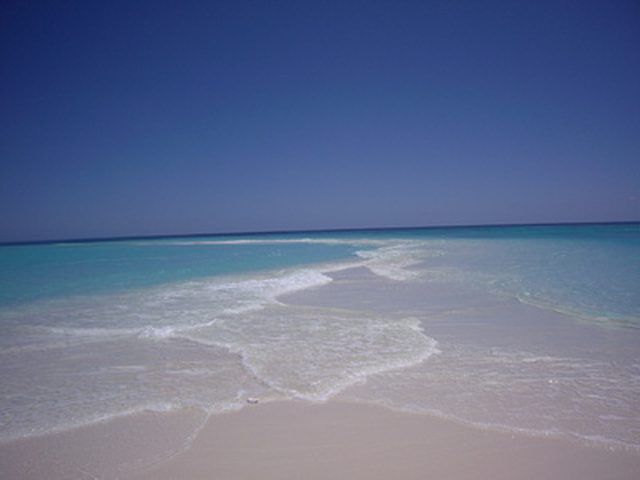Bulbs
Flower Basics
Flower Beds & Specialty Gardens
Flower Garden
Garden Furniture
Garden Gnomes
Garden Seeds
Garden Sheds
Garden Statues
Garden Tools & Supplies
Gardening Basics
Green & Organic
Groundcovers & Vines
Growing Annuals
Growing Basil
Growing Beans
Growing Berries
Growing Blueberries
Growing Cactus
Growing Corn
Growing Cotton
Growing Edibles
Growing Flowers
Growing Garlic
Growing Grapes
Growing Grass
Growing Herbs
Growing Jasmine
Growing Mint
Growing Mushrooms
Orchids
Growing Peanuts
Growing Perennials
Growing Plants
Growing Rosemary
Growing Roses
Growing Strawberries
Growing Sunflowers
Growing Thyme
Growing Tomatoes
Growing Tulips
Growing Vegetables
Herb Basics
Herb Garden
Indoor Growing
Landscaping Basics
Landscaping Patios
Landscaping Plants
Landscaping Shrubs
Landscaping Trees
Landscaping Walks & Pathways
Lawn Basics
Lawn Maintenance
Lawn Mowers
Lawn Ornaments
Lawn Planting
Lawn Tools
Outdoor Growing
Overall Landscape Planning
Pests, Weeds & Problems
Plant Basics
Rock Garden
Rose Garden
Shrubs
Soil
Specialty Gardens
Trees
Vegetable Garden
Yard Maintenance
How Do Sandbars Form?
How Do Sandbars Form?. Sandbars are common features of shorelines all over the world. They provide a scenic feature for boaters and swimmers, but a danger as well, as their shape and location constantly change and they are revealed and hidden by tidal action. Some basic knowledge about how sandbars form and endure can help boaters prepare...

Sandbars are common features of shorelines all over the world. They provide a scenic feature for boaters and swimmers, but a danger as well, as their shape and location constantly change and they are revealed and hidden by tidal action. Some basic knowledge about how sandbars form and endure can help boaters prepare themselves to safely navigate them.
Wave Action
Waves approaching a shoreline begin shoaling and breaking a short distance from the land as the body of water they cross grows rapidly more shallow. As they break at the shoreline, the waves lose their forward momentum and a reverse current is created at the bottom as the water returns.
Formation
This current picks up sand, silt and rocks and carries it a short distance out. When the current dissipates into the larger body of water, the material is deposited. The deposit gradually rises in height until an underwater shoal or bar is formed. As the wave action and reverse currents along a straight shore are regularly perpendicular to the shore, the bar grows into a long and narrow shape, and forms parallel to the shore.
Elevation
The stronger the action of breaking waves at the shoreline, the larger the material that can be deposited on the bar and the higher it may rise. In areas where the bottom is made up of pebbles and shell, bars generally don't form to any height. In areas where waves are high and the bottom is sandy, sandbars can reach an elevation of more than a foot from the surface of the water.
Long-Term Action
Sandbars eventually can close off a stretch of shoreline and turn the water directly adjoining that shore into a lagoon. Over centuries, sandbars can turn into barrier islands, which serve to protect a coast from storm surge and damaging waves. Reshaping of the land by wave and storm action is a regular feature of coastal ecosystems.
River Bars
Sandbars are common at the mouths of rivers, where strong currents and eddies in the water vigorously work the deposits of sand or silt at the bottom. The bar formations constantly change their shape and location as the river rises, falls and changes its course. This makes navigating an entrance into the river from the sea a hazardous endeavor, and many boats have been wrecked or grounded on coastal river sandbars.